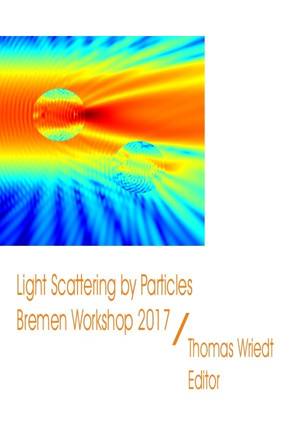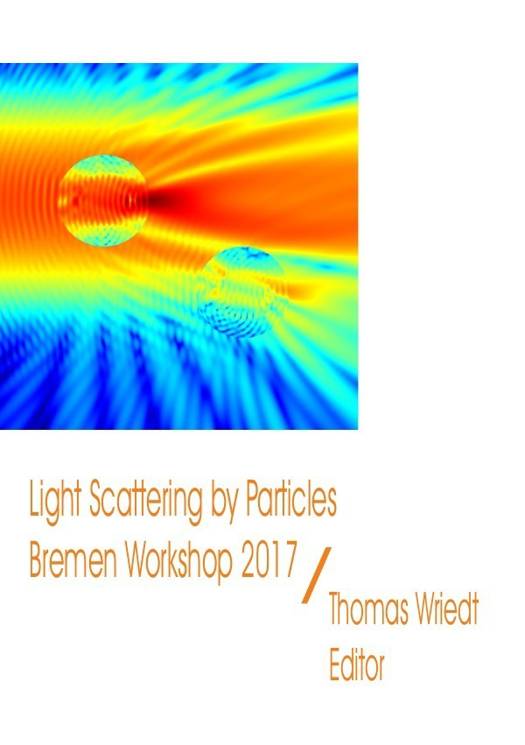
- Afhalen na 1 uur in een winkel met voorraad
- Gratis thuislevering in België vanaf € 30
- Ruim aanbod met 7 miljoen producten
- Afhalen na 1 uur in een winkel met voorraad
- Gratis thuislevering in België vanaf € 30
- Ruim aanbod met 7 miljoen producten
Zoeken
€ 21,95
+ 43 punten
Omschrijving
The papers collected in this volume explore the current state of light scattering byparticles as it developed in recent years. They represent a selection of the presentationsheld during the Bremen Workshop on Light Scattering 2017, which the Institut fürWerkstofftechnik hosted and which was organized on the University of Bremen Campusin Bremen in March 2017.Over the years, this workshop became a regular institution with participants not onlyfrom Germany but also from all over the word. Actually, this year there were againover 30 participants from 11 different countries. During this year's workshop, varioustheoretical and practical aspects of light scattering by particles very discussed. The paperscollected in this volume demonstrate the wide interdisciplinary nature of the interestin light scattering by particles and particle aggregates.Especially various theoretical aspects were extensively discussed such as Non-LocalOptical Response, digital in-line holography and Light Scattering by Oblate Particlesnear an Interface.The theoretical approaches used to simulate and investigate the mentioned practicalproblems include the T-Matrix Method, the Discrete Sources Method, the DiscreteDipole Approximation, the Discontinuous Galerkin Time Domain and the HydrodynamicMethod.
Specificaties
Betrokkenen
- Auteur(s):
- Uitgeverij:
Inhoud
- Aantal bladzijden:
- 120
- Taal:
- Engels
Eigenschappen
- Productcode (EAN):
- 9783745016666
- Uitvoering:
- Paperback
- Afmetingen:
- 148 mm x 210 mm
- Gewicht:
- 167 g

Alleen bij Standaard Boekhandel
+ 43 punten op je klantenkaart van Standaard Boekhandel
Beoordelingen
We publiceren alleen reviews die voldoen aan de voorwaarden voor reviews. Bekijk onze voorwaarden voor reviews.








